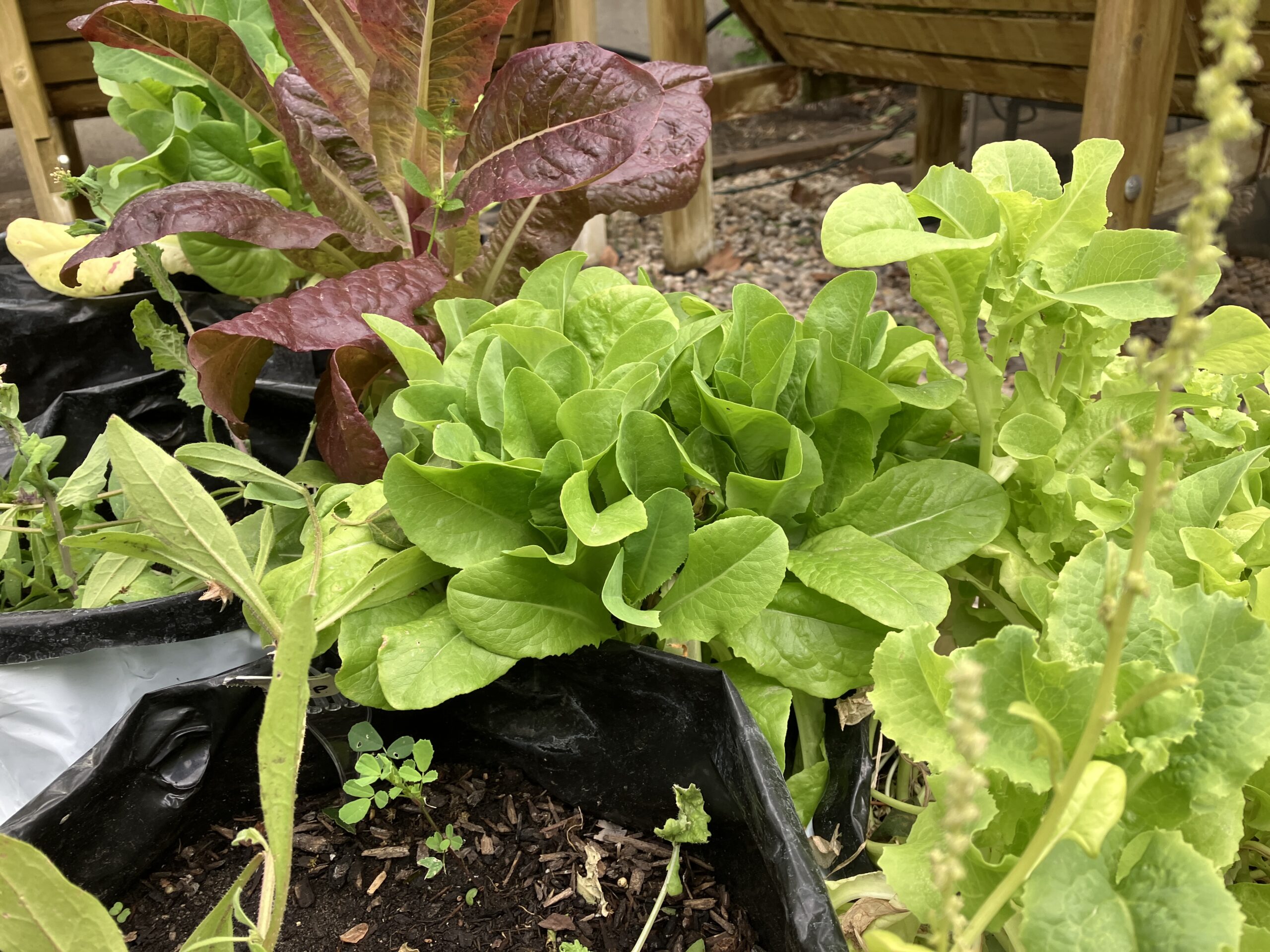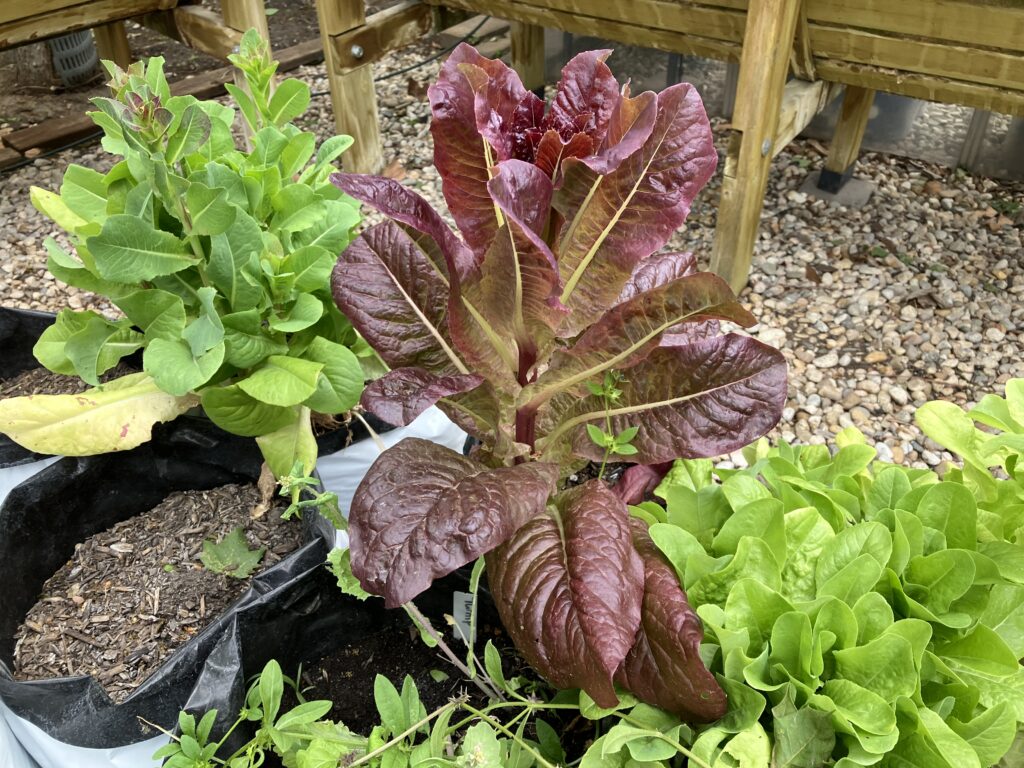Winter Success with the Bug Out Garden System

Winter Success with the Bug Out Garden System
In the world of emergency preparedness and food security, the ability to produce food year-round is invaluable. As last year’s growing season came to a close, I decided to put the Bug Out Garden system to the ultimate test—winter growing in a challenging climate where snow blankets the ground for months.
The Winter Garden Experiment
The setup was straightforward but strategic. After harvesting the final summer crops, I:
- Removed all dead plant material from the grow bags
- Refreshed the soil with a light application of G3 Grow Formula
- Directly sowed cold-hardy seeds into the bags
- Relocated the entire garden setup to my greenhouse
This simple process took less than an afternoon, but the dividends it paid throughout winter proved extraordinary.
Unexpected Harvests in the Snow Season
While the landscape outside lay dormant under snow, the Bug Out Garden inside my greenhouse flourished. The results went beyond my expectations:
Root Vegetables Thrived: The beets, carrots, and parsnips established strong root systems during the cooler fall temperatures and continued developing through winter. With the grow bags maintaining optimal soil temperature better than ground soil, these crops got a tremendous head start.
Brussels Sprouts Defied Expectations: These typically long-season brassicas benefited from the protected environment and consistent nutrition from the G3 Formula, developing sweet, tender sprouts even in the depths of winter.
Continuous Greens Harvest: The most impressive result was the continuous supply of fresh lettuce and spinach throughout February, March, and April. While snow remained on the ground outside, we enjoyed multiple harvests of nutrient-dense greens—something impossible with traditional gardening methods.

The Bug Out Advantage in Winter
Several key factors made this winter growing success possible:
Portability: The fundamental design of the Bug Out Garden grow bags allowed for easy relocation to the greenhouse—something impossible with in-ground gardens.
Optimized Growing Medium: The G3 Grow Formula continued releasing nutrients throughout winter, while the water-retaining crystals helped maintain consistent moisture levels despite the dry winter air.
Temperature Management: The grow bags in the greenhouse created a microclimate that maintained root zone temperatures at ideal levels, even when ambient temperatures dropped. however even buried under straw they would thrive.
Implications for Food Security
This winter growing experiment highlighted a critical advantage of the Bug Out Garden system—the ability to produce food continuously, even during traditionally unproductive seasons. In a true emergency situation, this extended growing capability could be the difference between having fresh, nutrient-dense food or relying solely on stored provisions.
For preppers and those concerned with food independence, this winter success demonstrates that the Bug Out Garden isn’t just a fair-weather solution—it’s a complete system for year-round food security.
Looking Ahead
Based on this winter’s success, I’m expanding this approach for the coming winter, dedicating more bags to cold-season crops and experimenting with additional varieties. The ability to harvest fresh greens in February and get a head start on root crops has added a new dimension to my food security planning.
For those using the Bug Out Garden system, I highly recommend considering a winter growing strategy. Even without a greenhouse, cold frames or other season extension methods combined with the system’s inherent advantages can significantly extend your productive growing season.

